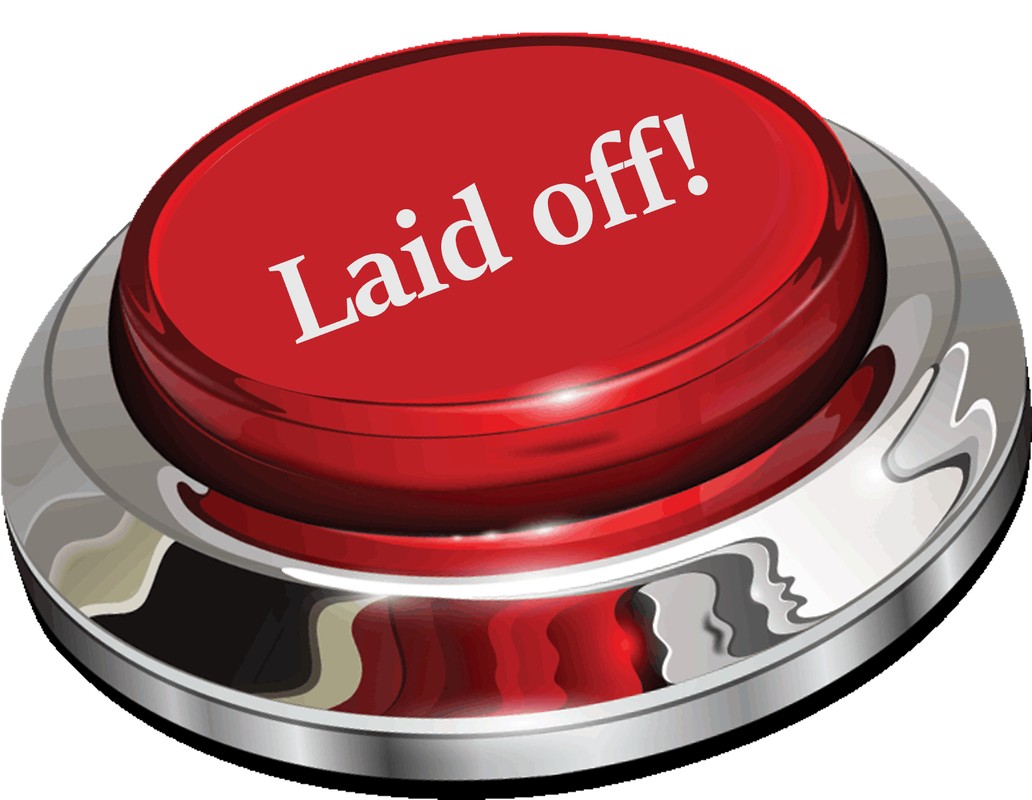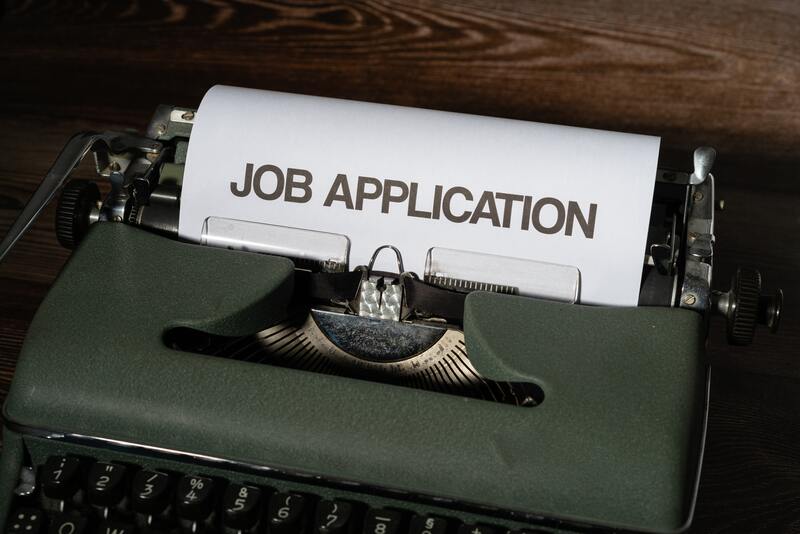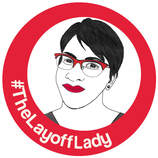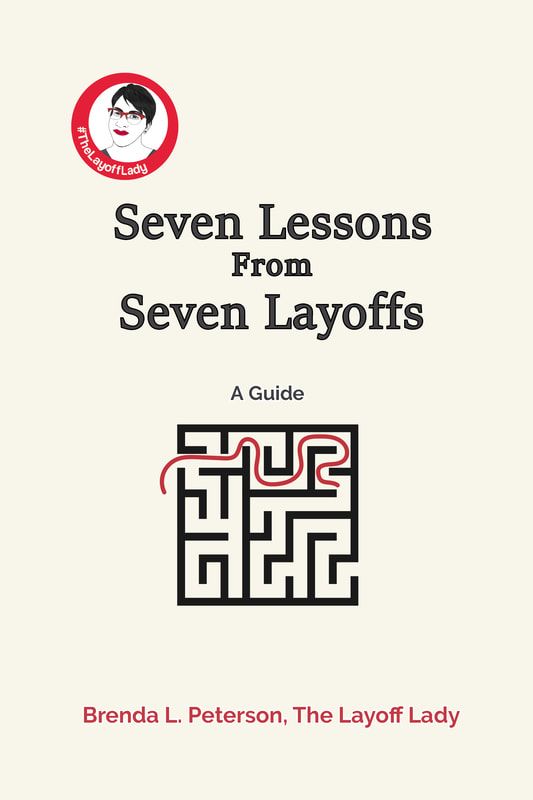|
By Brenda L. Peterson, The Layoff Lady Eye on the Prize: Getting the InterviewThere are a lot of opinions on how to interact with employers early in the hiring process. They include everything from sending a basic “I applied” email to off-the-wall rom-com level gesture like sending the hiring manager a cake with your resume attached to the inside of the box. In this article, we’ll focus on using email to follow up after you have formally applied for the job. Regardless of your approach (and my overall follow-up recommendations are closer to the email than the cake end of the spectrum), stay focused on what you’re trying to accomplish. Remember, your goal at this point in the process is to get your application into the “must interview” pile. What Follow-Up Email Messages Will and Won't DoLet’s first set a few expectations on the impact sending a follow-up email message will have:
Like with most of the hiring process, there is no guarantee that you will get an interview for any given role. However, doing the right things consistently gives you a better chance of having a positive outcome. My Horror Story: Follow-Up Gone AwryOnce upon a time, I was the hiring manager for an instructional designer position. A person who I had never met, but who knew a colleague of mine, had a background in instructional design and was interested in the job. Through our shared colleague, that person (who I will now refer to as “the candidate”) ended up with my name and work contact information. What followed was an example of the worst-case scenario of a how a candidate reaching out to a hiring manager can actually be detrimental. From mid-December through the end of the calendar year, over the course of 10 business days, the candidate (who—reminder—I had never before interacted with in any way) contacted me 16 times via phone and email about the open position. I do not remember what all the candidate asked during each request (because blocking out awful memories is a real thing). I do remember one early request was asking how to apply for the job. Given that this role was with a technology company, and I needed someone who could work independently and solve problems, a candidate who wasn’t sure how to apply for the job through a pretty typical Careers webpage was not going to be a top candidate. In addition, after they managed to apply, they then called and also emailed the recruiter multiple times, again in the spirit of follow-up. The good news—we definitely knew the candidate’s name. The bad news (for them)—we knew for sure we were NOT going to interview them. Worst Practices: Job Application Follow-UpAs a hiring manager, here are the issues I’ve seen when people follow up on job applications:
Finding the Right People and Contact InformationRemember, typically the two people to follow up with regarding your job application are the recruiter and the hiring manager. The first challenge is figuring out who these people are, then getting their email addresses. In some cases, the name of the recruiter may be included on the job posting. Through using LinkedIn or the company website, you may be able to find a professional email address to use for them. You can also potentially do some digging through LinkedIn and find out the name of the recruiter through their LinkedIn posts. It could be little to no effort to find their email address, or a genuine project, to find out that detail about the recruiter. For hiring managers, some job listings will include the title of the hiring manager (who the position reports to), or even sometimes their name. Again, you may be able to use LinkedIn to find their contact information, or you may find the naming scheme a company uses (like [email protected]) to figure out their email address. You may also need to contact HR or a current employee to find out more, or there might be fee-based services you can use. When it comes right down to it, it is important for you to determine how much time and money you want to dedicate to finding this information. You also need to decide if the time you spend on this quest is worth the value you will gain from sending a follow-up message. It's your call. What To Include In Your Follow-Up EmailOnce you’ve identified the person to contact, and have their email address, think about what you’ll say in your message. Here are my recommendations on details to include:
How a Follow-Up Message Might LookSubject Line: Following Up on my Support Manager Application Body of the Message: Hi, Annette. I’m Esme Whitlock, and I'm sending you a quick message to introduce myself, and let you know I just applied for the Support Manager role with Super Cool Company. Because I have a background working in tech support specialist and help desk supervisor jobs in manufacturing companies, I think I am a great match for this position. As indicated in the job description, I have experience setting up a knowledge base using Super Cool Software and training new staff on using internal resources. I also enjoy hiring and training new associates and helping them grow their skillsets to meet performance goals. These skills, and my desire to grow in my career, drive my excitement for this role with Super Cool Company. If you’re interested in talking to me directly about the Support Manager role and my qualifications, please contact me via text/phone at 555-555-5555 or via email at [email protected]. Thank you! Esme Whitlock 555-555-5555 [email protected] https://www.linkedin.com/in/mylinkedin/ewhitlock Follow-up Email Timing and FrequencyThere are also various opinions on when to contact a potential employer and how many contacts to make. I suggest emailing once sometime between the day you apply and a week after you apply to briefly introduce yourself and get your name in front of the hiring manager and/or recruiter. If you decide you want to do a second message, I suggest waiting until a week or two after the first message and modifying the message so it is not just a repeat of the first message you send. Remember, you get to do whatever you want to do. Some hiring managers and recruiters may be very open to messages, and others might prefer to avoid being contacted. I believe reaching out one to two times with a few days in between contacts should show your interest without venturing into being way too much. Learn More
0 Comments
Your comment will be posted after it is approved.
Leave a Reply. |

Just get laid off?
Click here for info on what to do first. Author7-time layoff survivor Brenda L. Peterson, The Layoff Lady, waxes poetic on layoffs, job transitions, & career resilience. Buy The Book!Were you recently laid off from your job and need a roadmap for what's next? Pick up a copy of my book, Seven Lessons From Seven Layoffs: A Guide!
Categories
All
Archives
July 2024
|




